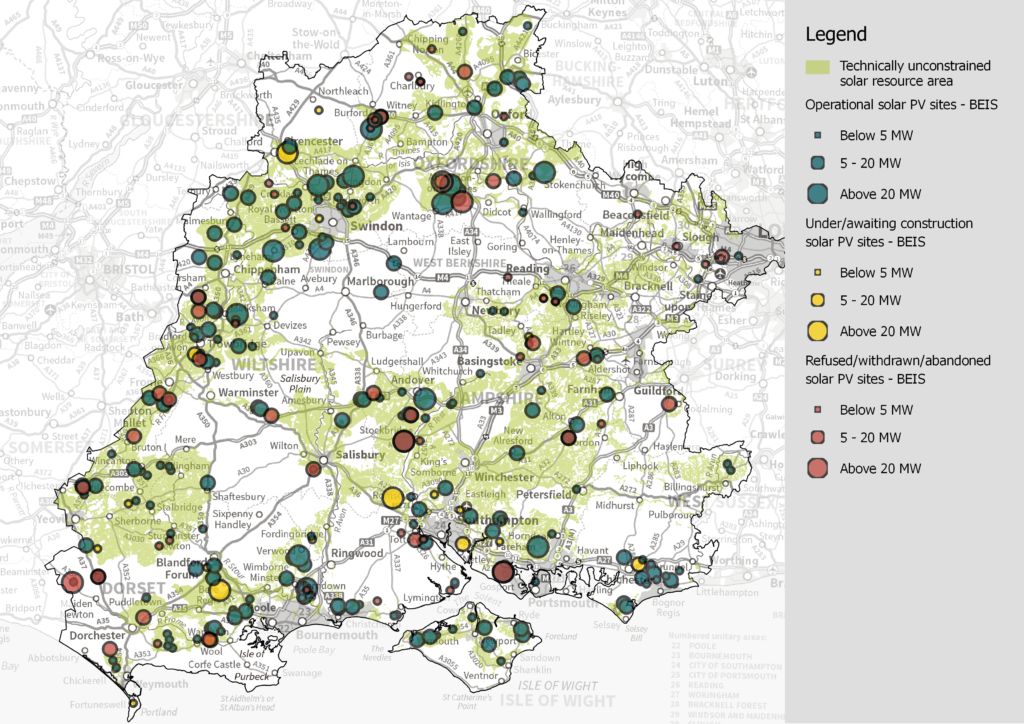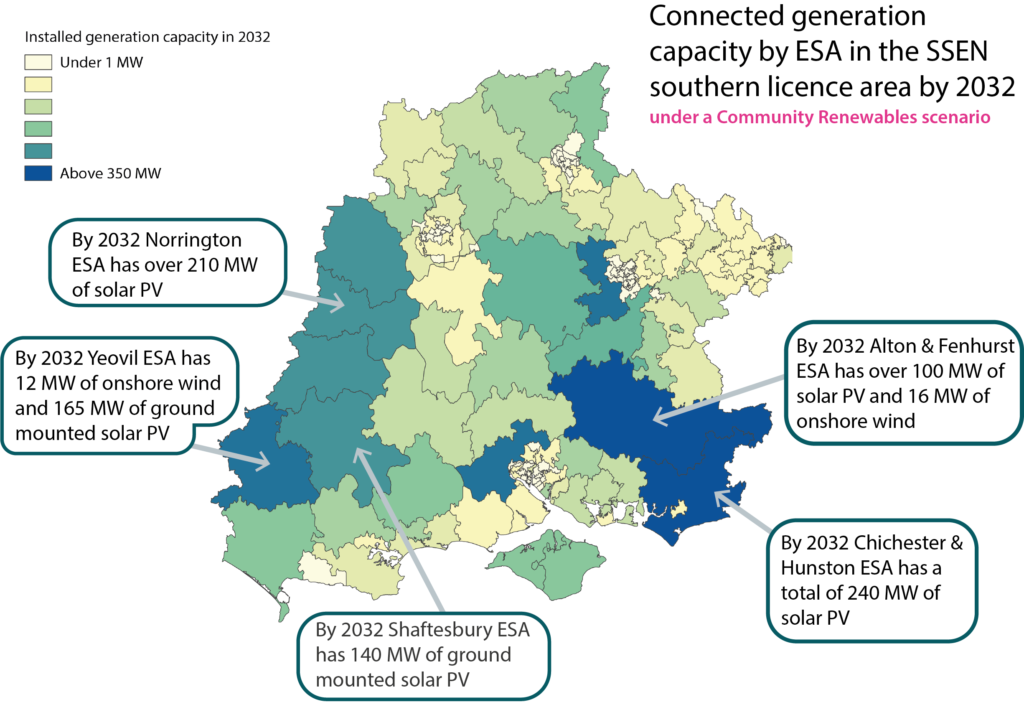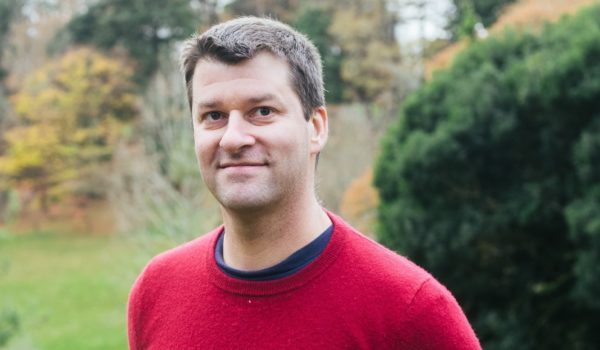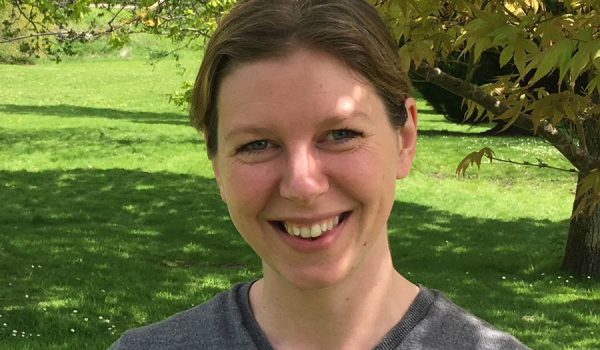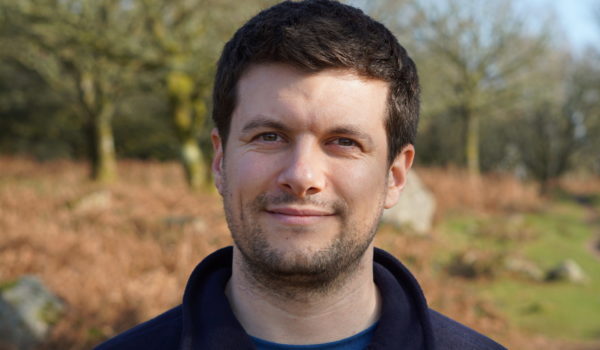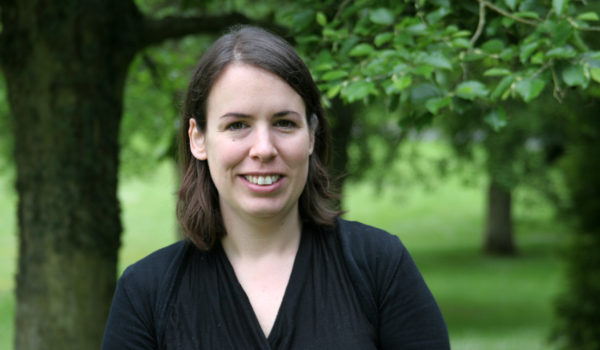As part of our distribution future energy scenarios (DFES) work, Regen have created Future Electricity Scenarios for Scottish and Southern Electricity Networks (SSEN).
With 3.6 GW of distributed generation (of which 2.5 GW is renewable) already connected to their southern licence area, SSEN need to understand potential changes to demand on their network from the rapid changes in our electricity system.
In order to plan their networks and assess where they need to invest, all DNOs are now looking at scenarios for how demands on their networks may change at a local level. Regen is supporting this vital forward planning and has carried out DFES for all four Western Power Distribution licence areas, and UK Power Networks.
The approach of these studies is to look in detail at the local area, taking account of factors such as the energy resources, projects already in the pipeline and local planning policies. In SSEN’s southern licence area ground-mounted solar has been the dominant decentralised generation technology.
Figure 3-3: Ground-mounted solar PV technically unconstrained areas for future projects.
The analysis is the first step in a process for SSEN, who are using the data to identify areas of future potential network stress. They will then be using that information to understand how constraints might be best managed or alleviated over time to support more local generation, along with increasing electrification of heat and transport.
Using the framework of National Grid’s Future Energy Scenarios (FES) 2018, the report presents a range of possible futures for the SSEN Southern licence areas electricity system up to 2032.
The four scenarios start from Community Renewables, a highly decentralised system that is on track to achieve the 80% reduction in carbon by 2050. This scenario quadruples rooftop solar installation and has around 20% of homes with heat pumps by 2032.
At the other end of the spectrum, a centralised slow growth system Steady Progression, sees continuing of the hiatus in decarbonisation along with increasing levels of air conditioning.
Figure 3-6: Total generation connections by 2032 in Community Renewables.
Key areas within the study include an assessment of electric vehicle growth and associated capacities and types of chargers in the region. In the highest scenarios, the area could see around 2 million EVs by 2032.
The study also includes a detailed analysis of planned strategic sites for new domestic and commercial developments to help SSEN understand where the planned 280,000 new homes might be built and what impact they may have.
The findings of the work are spelled out in a public report and SSEN are making the data available to stakeholders such as local authorities and LEPs.
The project was launched by Scottish and Southern Networks (SSEN) at a webinar on 15 February 2019.
To find out more about our Scenarios work, contact Joel Venn at jvenn@regen.co.uk

